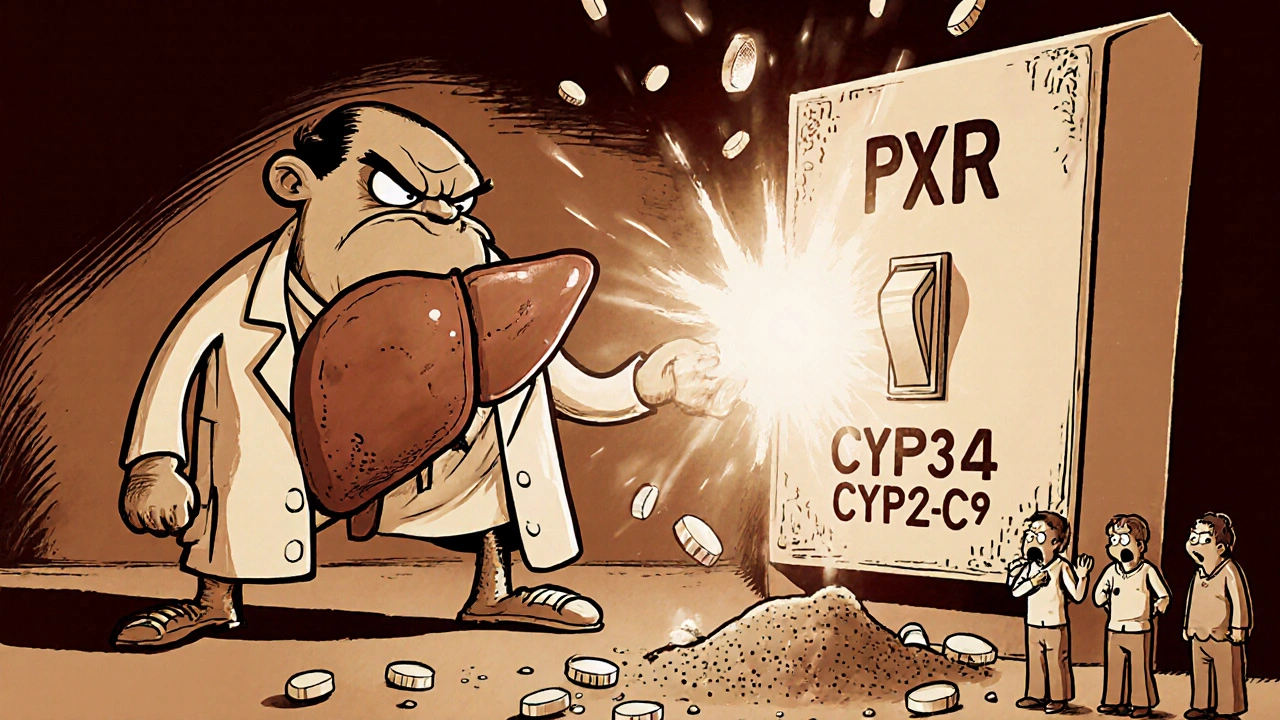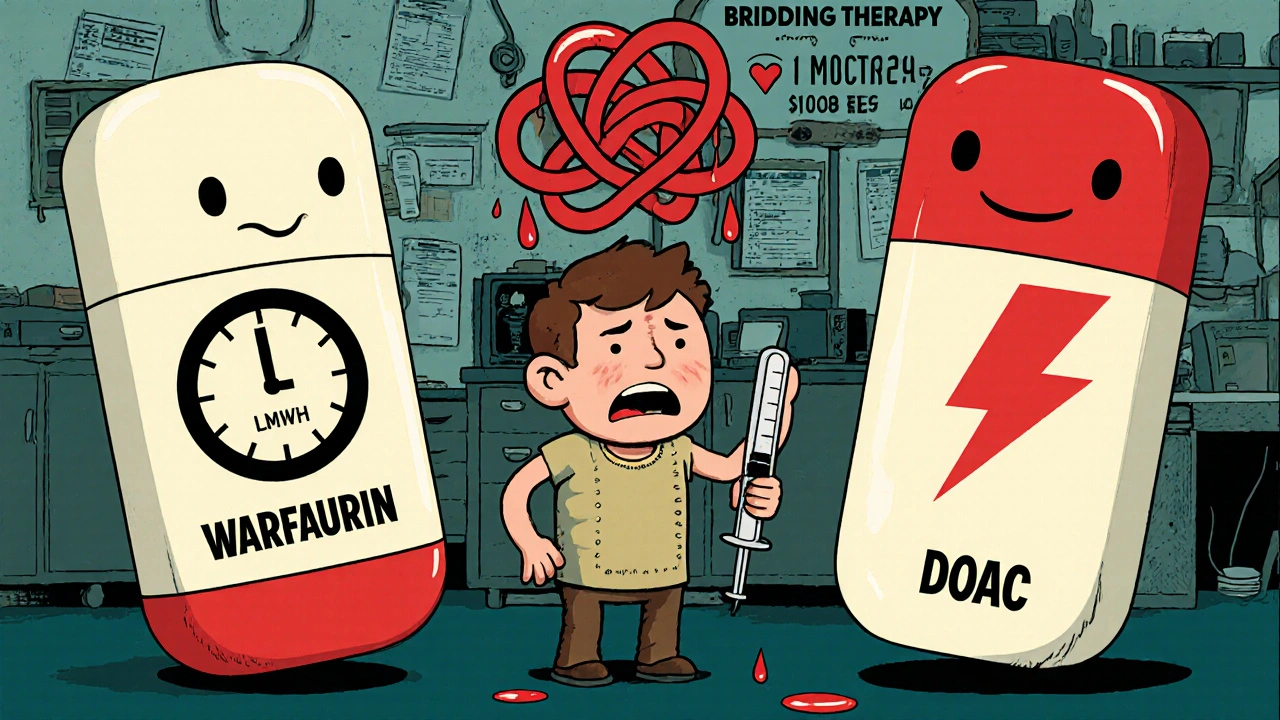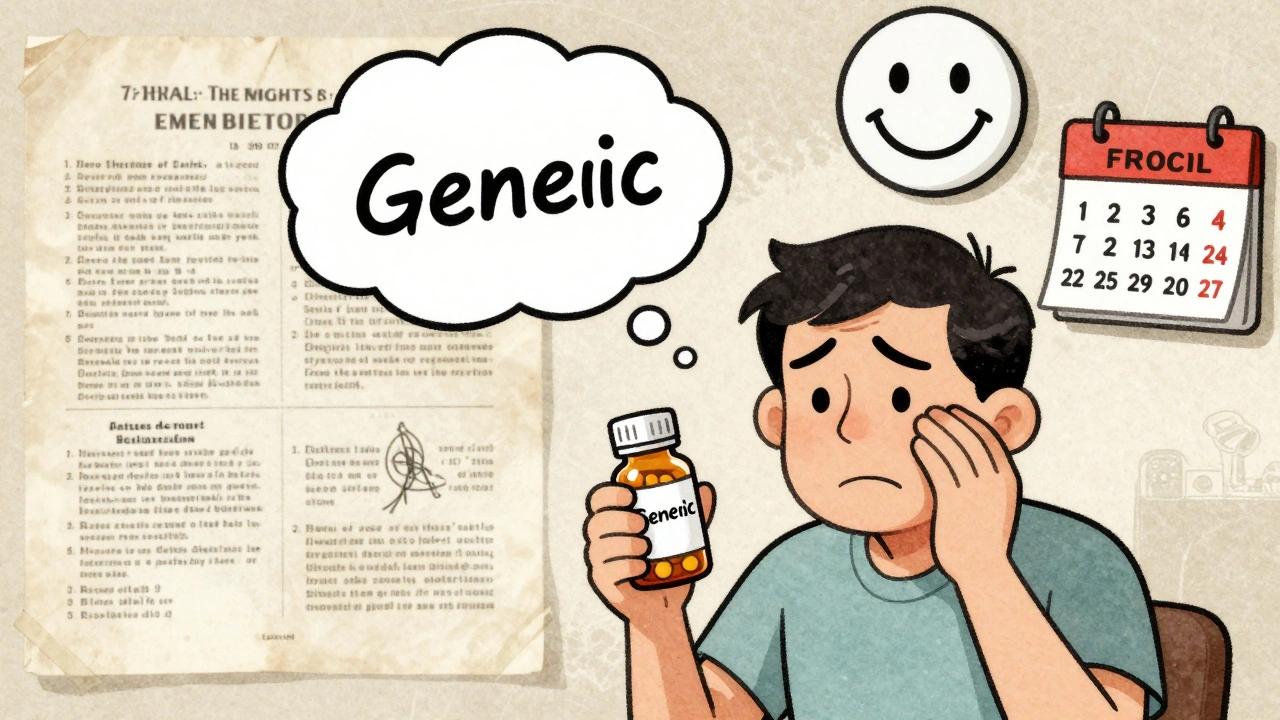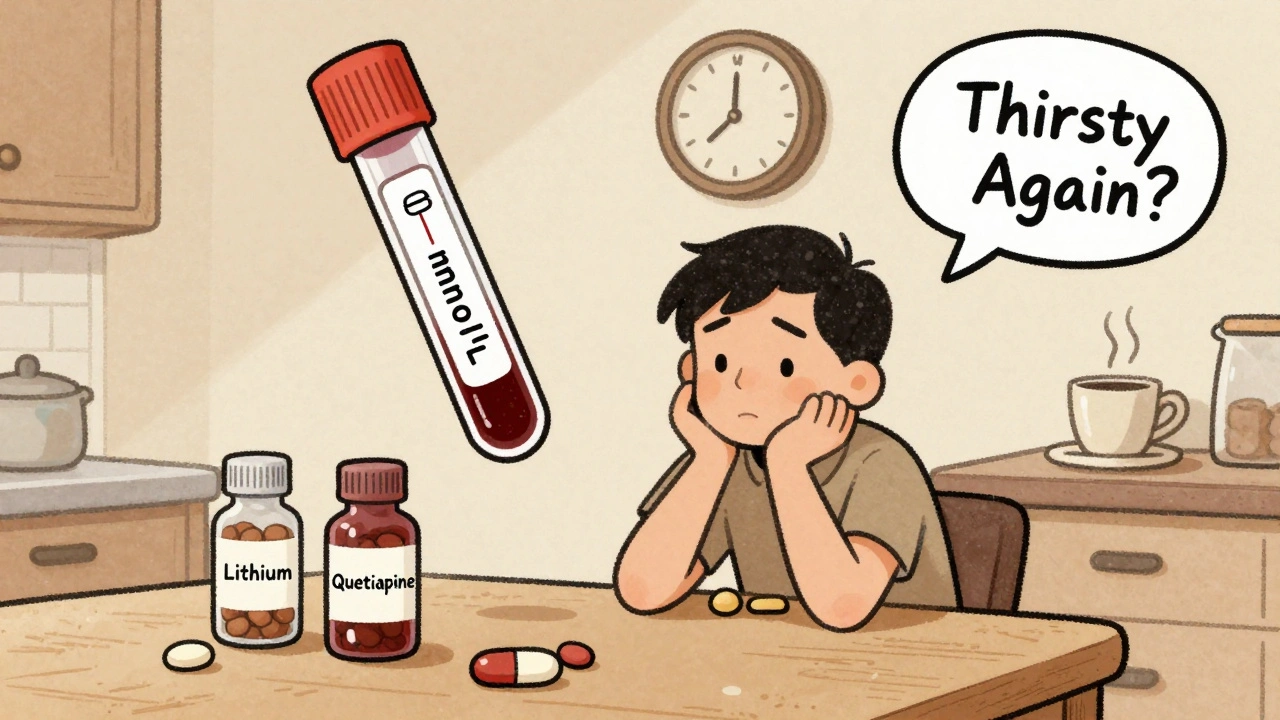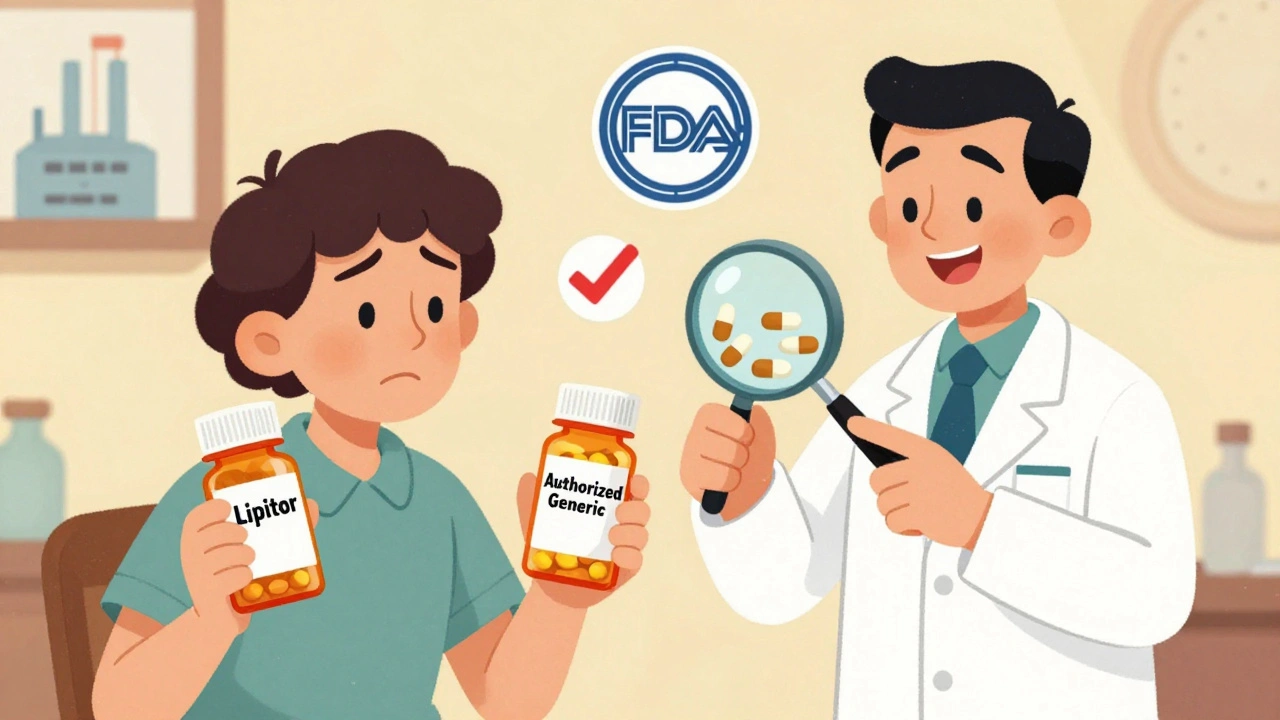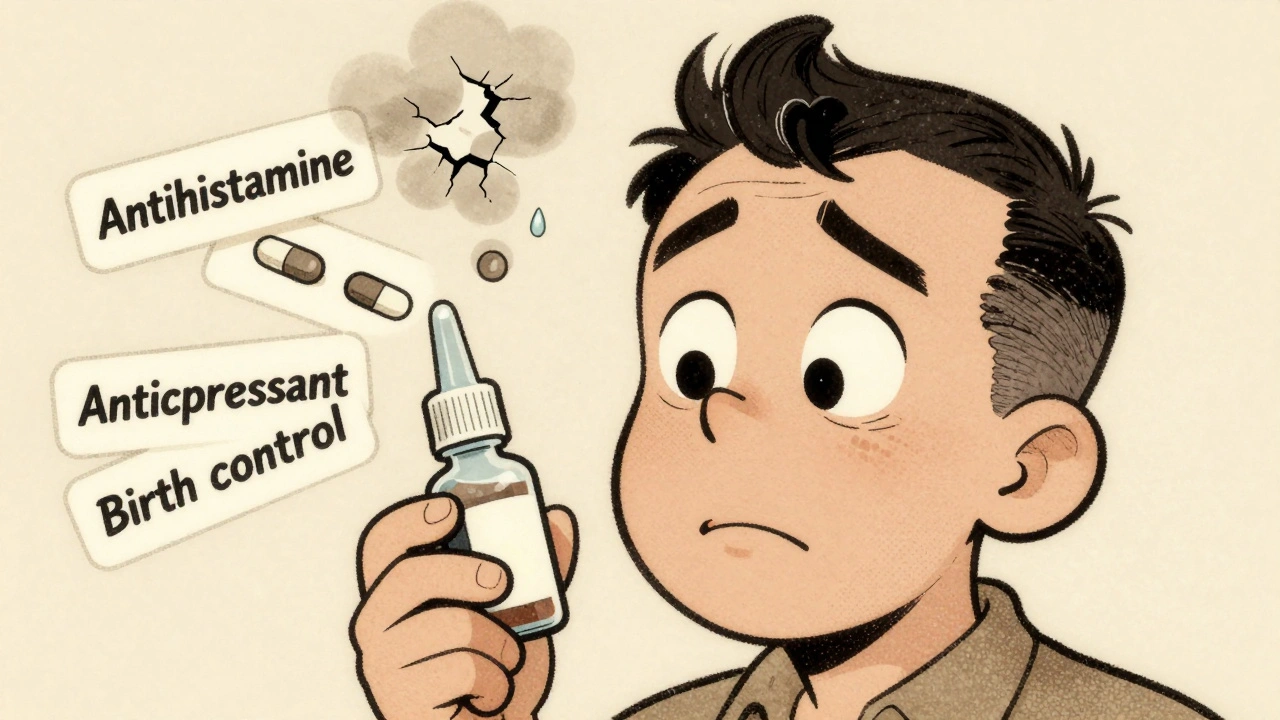Warfarin: What It Is, How It Works, and What You Need to Know
When your doctor prescribes warfarin, a blood thinner used to prevent dangerous clots in veins and arteries. Also known as Coumadin, it’s one of the most prescribed anticoagulants in the world. Unlike newer drugs, warfarin doesn’t come with a fixed dose—it’s personal. Your body’s response changes based on diet, other meds, even how much you sleep. That’s why tracking your INR levels, a blood test that measures how long it takes your blood to clot isn’t optional—it’s life-saving.
Warfarin works by blocking vitamin K, which your body needs to make clotting factors. But vitamin K isn’t just in supplements—it’s in spinach, kale, broccoli, and even some oils. Eat more greens one week, and your INR might drop. Skip them, and you risk bleeding. That’s why consistency matters more than perfection. It’s not about avoiding these foods forever—it’s about keeping your intake steady. Same goes for alcohol, which can boost warfarin’s effect and raise bleeding risk, or antibiotics, some of which can make warfarin stronger without warning. Even over-the-counter painkillers like ibuprofen can turn a safe dose into a dangerous one.
People on warfarin often worry about bruising or bleeding, but the real risk comes from not knowing what’s affecting their levels. That’s why the posts below cover real-world issues: how warfarin interacts with common meds, what to do when your INR is too high or too low, and how to manage it while staying active and eating normally. You’ll find guides on what to avoid, how to track your progress, and how to talk to your doctor without sounding confused. This isn’t just about taking a pill—it’s about understanding how your whole body responds to it.
Rifampin Induction: How It Lowers Anticoagulant and Antiviral Levels
Rifampin can drastically reduce levels of anticoagulants and antivirals by inducing liver enzymes, leading to dangerous treatment failures. Learn how this interaction works and what to do if you're taking both.
Bridging Therapy: How to Safely Switch Between Blood Thinners
Learn when and how to safely transition between blood thinners like warfarin and DOACs. Bridging therapy isn't always needed-and for most people, it increases bleeding risk without preventing clots.

